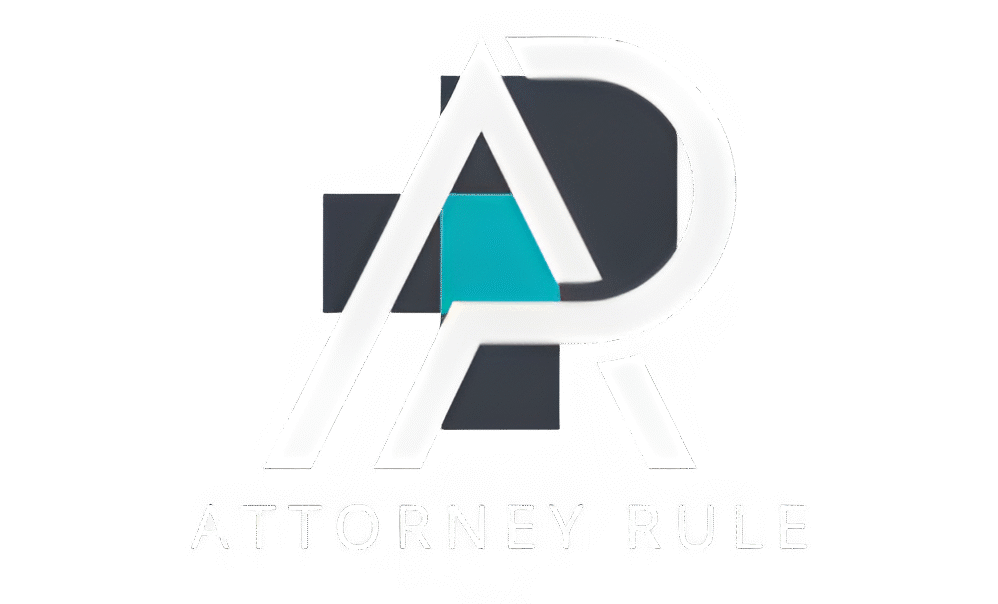In the modern legal landscape, speed, accuracy, and efficiency are more important than ever. Businesses are scaling globally, transactions are happening faster, and legal teams are expected to deliver airtight contracts without slowing down operations. Yet, despite advances in technology, many organizations still struggle with outdated processes that rely on repetitive drafting, manual edits, and siloed knowledge.
This is where Law Machine makes its mark.
Law Machine is a cutting-edge legal automation platform built around one powerful idea — modularity. By applying modular design principles to legal content, Law Machine enables teams to automate more contracts, reuse and maintain content effortlessly, and eliminate knowledge silos that traditionally slow down legal operations.
It’s more than a tool — it’s a smarter, scalable way to manage legal work in the digital era.
What Is Law Machine?
At its core, Law Machine is designed to revolutionize how contracts are built and managed. Instead of treating each agreement as a standalone document, Law Machine breaks contracts down into modular components — clauses, definitions, terms, and conditional logic blocks that can be reused and customized dynamically.
This modular structure allows legal teams to:
-
Automate contract creation with precision and consistency.
-
Maintain content efficiently by updating shared clauses once instead of editing hundreds of documents.
-
Reuse proven legal language across multiple templates and clients.
-
Collaborate more effectively by dismantling internal knowledge silos.
The result is a living, breathing legal content system that evolves with your organization — one that grows smarter and more efficient over time.
The Power of Modularity
The foundation of Law Machine is modularity, a principle long embraced in software development, engineering, and product design — and now perfectly applied to legal work.
In traditional contract workflows, every new agreement begins from scratch or from outdated templates. This leads to inconsistency, redundant effort, and errors creeping in through manual edits. Law Machine flips that model on its head.
By organizing content into interchangeable building blocks, Law Machine lets users:
-
Assemble contracts like LEGO pieces: Combine pre-approved modules to create new agreements in minutes.
-
Update once, apply everywhere: Edit a clause in one place and automatically update every document that uses it.
-
Ensure compliance and consistency: Maintain control over approved legal language while still allowing flexibility for customization.
This modularity not only increases efficiency — it also enhances accuracy and compliance, ensuring every contract reflects the latest legal standards and business policies.
Automating Contracts at Scale
Contract automation isn’t new — but Law Machine takes it to the next level.
Where traditional automation platforms rely on static templates, Law Machine’s modular design introduces dynamic automation, allowing for complex variations without duplicating templates. For example, a single modular contract model can accommodate differences in jurisdiction, contract type, or client preference — all without manual intervention.
This approach dramatically reduces administrative overhead and helps organizations scale their legal operations. Teams can handle a higher volume of contracts, shorten turnaround times, and allocate more resources to strategic legal work instead of repetitive drafting.
Breaking Down Knowledge Silos
One of the biggest challenges in large legal teams or corporate departments is the existence of knowledge silos — pockets of expertise trapped within individuals, departments, or document systems.
When lawyers or teams work independently with their own templates and preferred clauses, organizations lose cohesion and control over their legal language. This fragmentation can lead to inconsistent contracts, compliance risks, and duplicated effort.
Law Machine’s modular system solves this problem by creating a centralized legal knowledge base. Every clause, definition, and policy lives in one shared environment, where it can be accessed, updated, and reused by the entire team.
This promotes:
-
Knowledge sharing across offices and departments.
-
Faster onboarding for new team members.
-
Stronger alignment between legal, compliance, and business units.
By unifying knowledge and enabling collaboration, Law Machine ensures that expertise flows freely — not just among individuals, but across the entire organization.
Simplifying Maintenance and Reuse
Maintaining legal content is often a tedious task. A single regulatory change can require dozens — even hundreds — of documents to be updated. With traditional systems, this means manually revising each template, introducing opportunities for errors or omissions.
Law Machine makes maintenance effortless.
Because every contract component is modular, legal teams can update a single clause — for instance, a new data protection policy — and Law Machine automatically applies that change across all relevant templates and agreements.
This not only saves time but ensures that every contract remains accurate, compliant, and up to date.
The same modular logic also powers content reuse. Legal teams can pull from a centralized library of pre-approved clauses and templates, ensuring that new contracts are built from the best and most reliable legal foundations.
A Tool for Lawyers, Built by Legal Experts
Unlike many generic automation platforms, Law Machine is built specifically for the legal industry. It understands the nuances of drafting, negotiation, and compliance that define the legal profession.
The platform is designed to be lawyer-friendly, with an intuitive interface that allows users to design, assemble, and automate contracts without needing deep technical skills. Whether used by a boutique firm or a global enterprise, Law Machine scales to match organizational complexity while remaining simple to use.
For corporate counsel, it becomes a compliance enabler. For law firms, it becomes a productivity engine. For both, it’s a pathway to greater consistency, efficiency, and quality.
Driving Collaboration Between Legal and Business Teams
Modern business demands close collaboration between legal, sales, procurement, and compliance departments. However, differences in workflow and communication often create bottlenecks.
Law Machine bridges that gap.
Through its centralized system and role-based permissions, multiple stakeholders can collaborate seamlessly — legal can maintain control over language, while business users can generate approved contracts through guided workflows.
This balance of control and accessibility accelerates deal cycles and minimizes risk, aligning legal operations more closely with business objectives.
The Future of Legal Workflows
As organizations continue to digitalize, legal teams are under increasing pressure to do more with less. Efficiency, scalability, and knowledge sharing are no longer optional — they’re strategic imperatives.
Law Machine’s modular design represents the next step in the evolution of legaltech. It redefines how legal content is created and managed — not as static text, but as living knowledge assets that can be adapted, automated, and scaled across an organization.
By merging automation with modularity, Law Machine empowers legal teams to work smarter, faster, and with greater strategic impact.
Conclusion:
In a world where speed and precision drive success, Law Machine provides the architecture for modern legal excellence. Its modular approach to contract automation not only simplifies legal processes but transforms how organizations think about their knowledge, content, and collaboration.
By making contracts modular, maintainable, and reusable, Law Machine helps legal teams escape the cycle of repetitive work and focus on what truly matters — strategic insight, risk management, and innovation.
The future of legal operations is modular, scalable, and intelligent — and with Law Machine, that future is already here.

